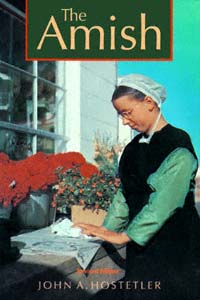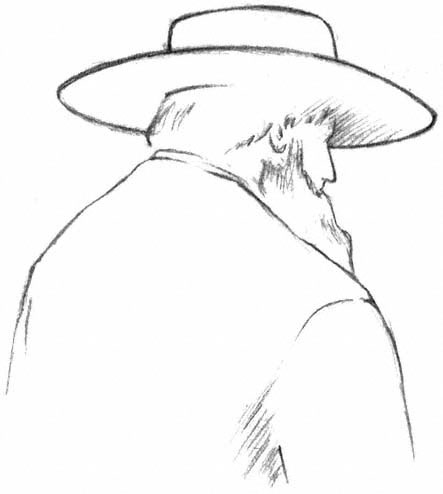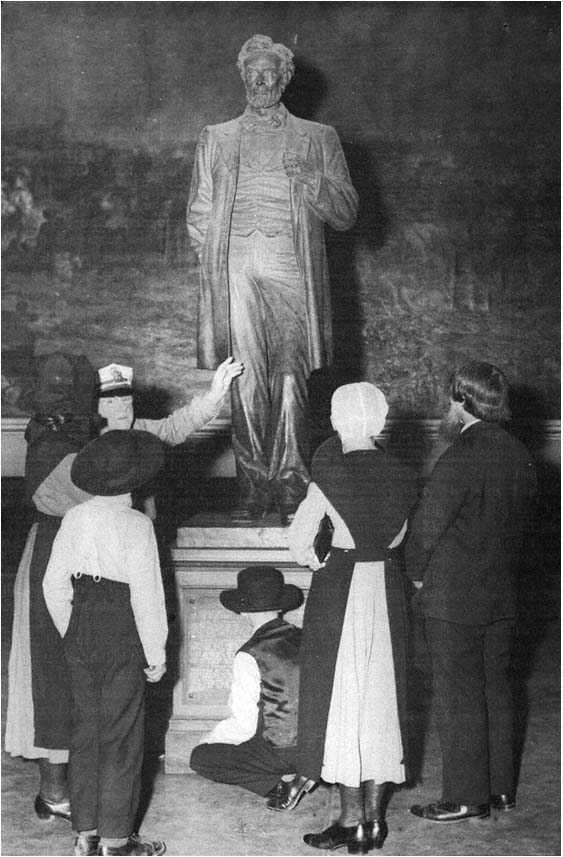| lip, fish, and distelfink bird decorate linens, textiles, and pottery. Shoofly pie, seven sweets, and seven sours appear on uncounted restaurant menus. The Amish, who want no publicity, have become the focal point of this interest, but they turn their backs to snapshot-taking tourists and ignore it all in their quiet way. |
| To a surprising degree the Amish are like their fellow Americans, but in many ways they are also unlike them. Their barns and houses, their lullabies and proverbs are similar to other Pennsylvania-Dutch-speaking Americans. Those groups which have captured the public attention by their otherworldly dress are called "plain people." Pennsylvania Dutch people who do not dress "plain" are the ''fancy" Dutch. The Amish are the plainest at the plain people, but they are not the only plain-garbed people. |
| The Amish are gentle and industrious farmers. As a late seventeenth-century offshoot of the Mennonites, they took their name from Jakob Ammann of Switzerland (and later, Alsace), who stood for the epitome of conservatism. |
| The highest value and ultimate goal for the Amish is eternal life. Like evangelical Protestants, the Amish believe in the supremacy of the Bible. But unlike most Protestants, the Amish believe they must be separate from the world to attain eternal life. Like Luther and other Reformers, their founders believed that religion was an individual matter and that no church could dispense divine grace through its organization or hierarchy. |
| However, the Amish founders felt that the great Reformers did not go far enough in reforming the medieval church. Based on renewed study of the Bible, they said that infant baptism was not valid. Instead, persons should be baptized after confessing their faith. Church and state should be separate, the Amish said, and they wanted absolute freedom in religious affairs. The believer must not bear arms, nor swear oaths, but follow the peaceful example of Christ in all things regardless of consequences. |
|





![Beverly M Lewis] - The Beverly Lewis Amish Heritage Cookbook](/uploads/posts/book/96304/thumbs/beverly-m-lewis-the-beverly-lewis-amish-heritage.jpg)




